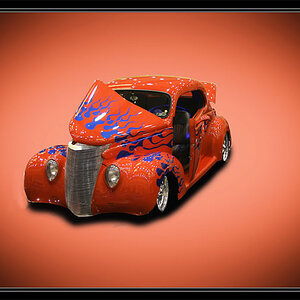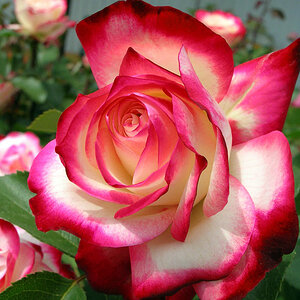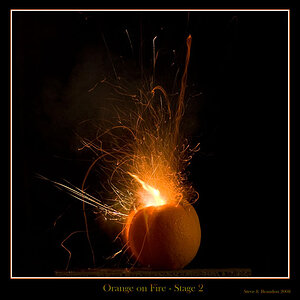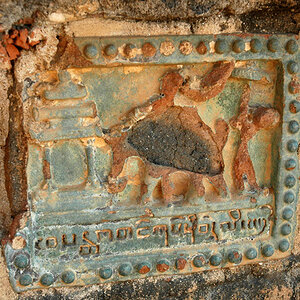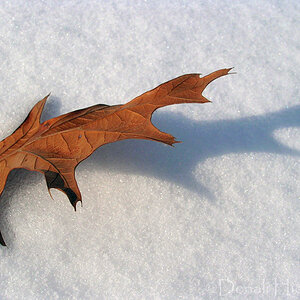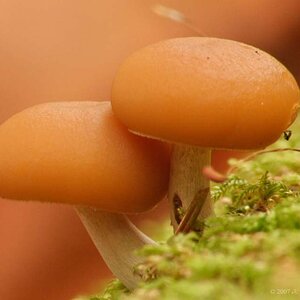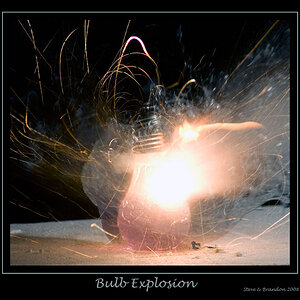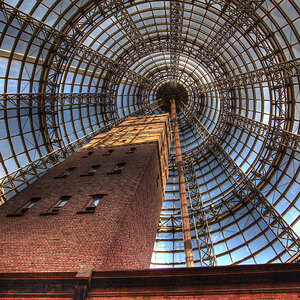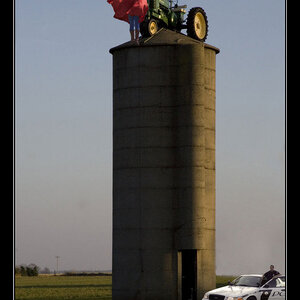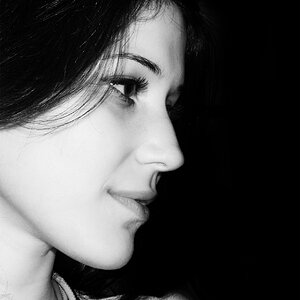amolitor
TPF Noob!
- Joined
- May 18, 2012
- Messages
- 6,320
- Reaction score
- 2,131
- Location
- Virginia
- Can others edit my Photos
- Photos OK to edit
I'm not really a lighting guy. I can jam some cheap strobes on 1/2 and 1/4 and bang out some pictures, but I don't *really* understand how modern lighting works.
What is the deal with dedicated flash? I'm always appalled when I price 'em -- $479.95 for some low powered thing, but it works seamlessly with Nikon's Creative Lighting System (or whatever, you get the idea, I hope). Given that I am an unsophisticated dunce, can someone explain in a few simple words what Nikon's Creative Lighting System, or Canon's Awesome Whateveritis System, and so on actually do for you?
I use stuff like Vivitar's 585 and the Sunpak 383, and some similar strobes that plug into the wall. I just take some test shots, fart around with modifiers and power levels, and then when it looks good, fire away. My needs are pretty simple and unsophisticated, though, I don't even generally use the "Auto" modes of the flashes that have 'em. These sorts of things are.. a LOT cheaper than the Nikon/Canon branded kit.
If it takes more than a few words to explain, or if it requires complicated words, feel free to say so and just move on.
What is the deal with dedicated flash? I'm always appalled when I price 'em -- $479.95 for some low powered thing, but it works seamlessly with Nikon's Creative Lighting System (or whatever, you get the idea, I hope). Given that I am an unsophisticated dunce, can someone explain in a few simple words what Nikon's Creative Lighting System, or Canon's Awesome Whateveritis System, and so on actually do for you?
I use stuff like Vivitar's 585 and the Sunpak 383, and some similar strobes that plug into the wall. I just take some test shots, fart around with modifiers and power levels, and then when it looks good, fire away. My needs are pretty simple and unsophisticated, though, I don't even generally use the "Auto" modes of the flashes that have 'em. These sorts of things are.. a LOT cheaper than the Nikon/Canon branded kit.
If it takes more than a few words to explain, or if it requires complicated words, feel free to say so and just move on.


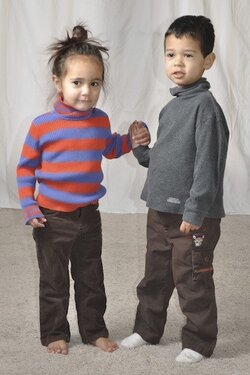
![[No title]](/data/xfmg/thumbnail/42/42060-f597479f8fd78d4bb4d17e7686fb0812.jpg?1619739996)
![[No title]](/data/xfmg/thumbnail/42/42059-61b97bbebb00e6276672551f4e3b3e43.jpg?1619739995)
